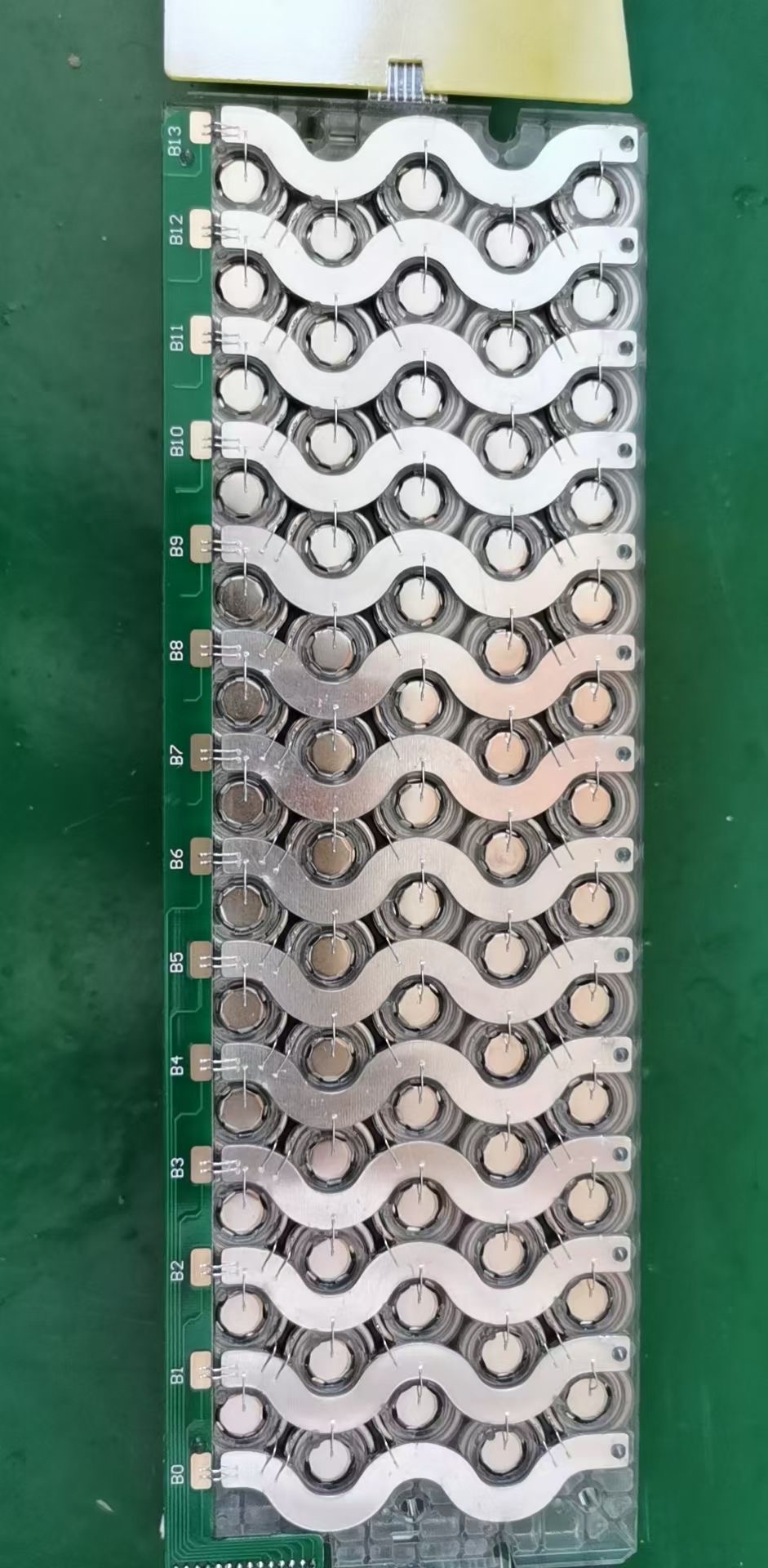- 17
- Nov
The deeper for the lithium battery is charged and discharged, the better?
University of Iowa electrical engineering professor Tom Hartley (Tom Hartley) said that the longer the lithium battery is discharged, the greater the loss. Hartley helped NASA extend battery life. The more you charge, the more severe the wear. Lithium batteries work best when charging because they have the longest battery life.

First of all, high and low charging conditions have the greatest impact on the life of lithium batteries, followed by the number of charging and discharging. In fact, the charging rate of most appliances or batteries is 80%. Experiments have shown that the lithium battery of some notebook computers is usually 0.1 volt higher than the standard battery voltage, rising from 4.1 volts to 4.2 volts, and the battery life is halved, and each increase of 0.1 volts reduces by one third. Low power or no power for a long time will make the internal resistance of electronic movement larger and larger, resulting in smaller and smaller battery capacity. NASA has set the Hubble Space Telescope’s battery consumption to 10% of its total capacity, so it can be charged and discharged 100,000 times without needing to be updated.
Secondly, temperature has a great influence on the life of lithium batteries (this is negligible for mobile phones and other small electronic devices). When the electronic device is turned on, conditions below the freezing point will cause the lithium battery to burn out, and overheating will reduce the battery capacity. Therefore, if the pen power supply is used for a long time with an external power supply, the battery will not be removed, and the notebook battery is temporarily in a high temperature state. More importantly, the battery is in the 100% power position for a long time and will soon be scrapped.
In summary, in order to ensure the capacity and life of lithium batteries, we can summarize the following points:
Lithium batteries are now used in most electronic products. Since its introduction in 1990, the development speed of lithium batteries has been accelerating and has been widely used, bringing the biggest development to date for lithium battery manufacturers. You don’t want to charge up the lithium battery or worry about running out. When conditions permit, try to keep the battery power close to half full, and the charging and discharging range is as small as possible;
Volt’s design requires the battery to be charged 20% to 80%, and Apple’s built-in battery (including some other batteries and electronic products) can use the same method to increase the battery charge and discharge cycle.
Do not use lithium batteries (especially laptop batteries) for a long time. Even if your laptop cools down well, using 100% power for a long time will kill the lithium battery.
1. If you use an external power source for a long-term laptop, the battery may have exceeded 80%, immediately delete the laptop battery, usually do not charge the battery, charge to about 80%; adjust the operating system’s power options to set the battery alarm level to exceed 20%. Under normal circumstances, the minimum power should not be less than 20%.
2. For small electronic devices such as mobile phones, disconnect the power cord immediately after charging (including USB port charging), otherwise the battery will often be damaged; charge it when you think of it, but don’t charge it.
3. Whether it is a laptop or a mobile phone, do not let the battery run out.
4. If you want to travel, the battery is full of overflow, but remember to charge the appliance at any time when conditions permit. For battery life, don’t wait until the battery is dry.
